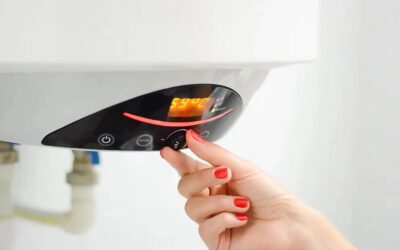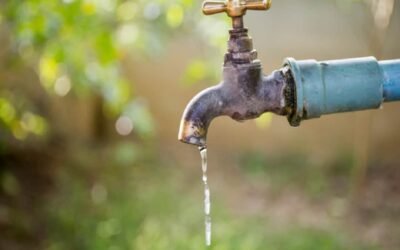Allowing your pipes to freeze is among the most dangerous mistakes you could make. It not only affects the water supply to your home if lines break and break, but it could cause you to pay thousands for repairs.
How do you deal with frozen pipes? Before making an appointment for plumbing assistance from a professional, what steps should you perform?
Keep reading to learn nine easy ways of fixing the frozen pipe.
1: Find the Frozen Pipe
Before repairing a frozen pipe, you should know how to find the problem. A free flow of water should be present. Turn on all of your home’s faucets to accomplish this.
It is frozen if there’s nothing or only a few drops of water in the pipe. If one line gets filled with ice, your other pipes could be in the same state.
Examining the exposed pipes is the next step. These are the pipes in your home’s basement, those on its exterior, and those under the sinks. Look for signs of freezing, such as a small bump or frost.
It would be advantageous if you checked the pipe for leaks as well. If you find one, turn off your water supply right away. It would help if you fixed the pipe that burst first before freezing.
It is also the time to call your plumber to repair the pipe that burst.
2: Allow the Faucet to Run
After finding your frozen pipes, you need to open the faucet again. Make sure you open both cold and hot handles. This action will relieve your systems of any pressure created due to the blockage.
It will also assist in making the water flow out as soon as you begin to thaw the pipe.
3: Avoid Open Flames
Another helpful tip is knowing how to stay clear while thawing pipes. When you’re thawing pipes, do not use an open flame. If you’re planning to use the propane torch, put it down.
An open flame harms the pipe and puts your house at risk of being caught on fire.
4: A Hairdryer to Use with the Frozen Pipe
Since open flames are off the table, what are the most effective tools you can utilize to warm your pipe? Go to the dresser and take out your hairdryer. Then, please turn on the dryer, and direct it to the line.
Heat the pipe, starting with the region close to your faucet, is essential. Till you reach the line on the opposite side, move slowly.
If you are using a hairdryer, you should pay close attention to the environment. Because hair dryers operate on electricity, it is essential to know what is coming into the water.
5: Heat Lamps Also Work
A great alternative is a heater if you don’t own a hairdryer. You can also opt for a portable space heater If you have one.
Place the heat lamp where it can reach the frozen pipe. The heat lamp will generate indirect heat, which helps in melting the line quicker.
However, just like with the hairdryer, ensure you don’t get in contact with water.
6: Try Using Towels and Heating Tapes
To add to the everyday household products you can utilize to make your home more comfortable, grab a few of your towels and then heat them. Then, dip the towels into hot water. Then, wrap the towels over the pipes.
If you’ve got thermal heating tapes, you can apply them directly onto the pipe. However, the benefit of the heating tape with electrical power is that you can get one that shuts off by itself. It must plug into a socket to create heat.
7: Make Use of Your Thermostat
If a thermostat gets installed at home, you can use it to boost the heat level in your house. Sometimes the blockage isn’t as severe. In these instances, the thermostat gets turned several notches higher and will melt the ice.
When you turn on your thermostat, keep the temperature the same regardless of whether it’s night or day. You should generally maintain your indoor temperature above the 55 degrees Fahrenheit mark.
8: Be Aware of Your Walls
We mentioned that there are times when the frozen pipe can be in the wall behind you. It can be a bit challenging however it’s not a problem that is impossible to conquer.
If you gain the necessary skills and knowledge and have the tools and expertise, you could try cutting an area of the drywall. It will permit you to get access to the pipe.
If not, it is best to contact your plumber of choice to handle the job. Plumbers have the equipment and know-how to remove walls. They will also direct you to the right solutions for your plumbing issues.
9: Avoid the Freeze
One of the most effective methods to tackle blocked pipes can be to avoid their occurrence shortly. First, make sure that you ensure that all doors in your home are as often as you can.
Also, you should check the insulation in your home. If there isn’t any, don’t be afraid to add insulation.
Make a habit of draining the pipes that will likely freeze. If you have one, drain the lines that supply water to your pool and sprinklers.
Make sure your faucets flow cold water. Even if you don’t switch off the tap, ultimately, the drips keep the freezing at bay.
Winterize Your Entire Home
Knowing how to fix frozen pipes is a vital skill every homeowner must-have. Ensuring your home’s water supply will also save you money on maintenance costs.
Call the experts if you’re trying to fix a frozen pipe that’s not within your capabilities. Feel free to contact us at Ottawa Plumbing Service at (613) 317-1682 or email us at info@ottawaplumbingservice.com.



